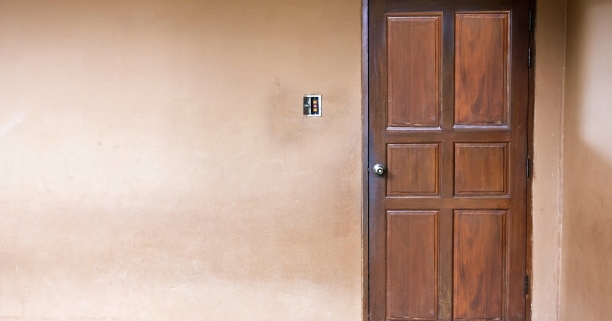Use these simple techniques to complete your door frame folding project
Completing a door frame folding project can be a rewarding task. Here are some simple techniques to guide you through the process:
Measure and Plan: Begin by measuring the dimensions of the door frame accurately. Plan the folding mechanism based on the available space and the size of the door.
Select Appropriate Materials: Choose materials that are sturdy and suitable for your project. Common materials include wood, MDF, or plywood for the door frame, and hinges or pivot hardware for the folding mechanism.
Prepare the Door Frame: If the door frame is not in place, install it securely. Ensure that it is level and plumb before proceeding with any modifications.
Hinge Placement: Determine the number of hinges required based on the height and weight of the door. Install the hinges at regular intervals along the height of the door frame.
Pivot Mechanism: If you’re using a pivot mechanism, follow the manufacturer’s instructions for installation. Ensure that it is securely anchored to the floor and ceiling.
Cutting the Door: Measure and mark the door according to the folding design. Use a saw to cut along the marked lines. Ensure that the cuts are straight and clean.
Sand and Smooth Edges: After cutting, sand the edges of the door to ensure a smooth finish. This is especially important if the door will be frequently opened and closed.
Install Handles or Knobs: If your door requires handles or knobs, install them according to the manufacturer’s instructions. Make sure they are secure and at a comfortable height.
Test the Folding Mechanism: Before finishing or painting the door, test the folding mechanism to ensure that it operates smoothly. Make any necessary adjustments to the hinges or pivot hardware.
Paint or Finish: Once you’re satisfied with the functionality, paint or finish the door to match your interior design. Consider using a finish that is easy to clean and complements the overall aesthetic.
Weather Stripping (Optional): If the door is an exterior door, consider adding weather stripping to improve insulation and prevent drafts. This step is optional but can enhance the door’s functionality.
Final Adjustments: Make any final adjustments needed for the door to fold seamlessly. Check for gaps and ensure that the door closes securely.
Secure Locks (If Applicable): If the door requires locks, install them according to the manufacturer’s instructions. Ensure that they function correctly and provide the desired level of security.
Finishing Touches: Add any finishing touches or accessories to enhance the door’s appearance. This might include decorative molding or trim.
Enjoy Your Folding Door: Once all the steps are completed, step back and enjoy your newly installed folding door. Appreciate the space-saving and aesthetic benefits it brings to the room.
Remember to prioritize safety throughout the process, especially when using tools and machinery. If you’re unsure about any step, seek guidance from a professional or someone experienced in carpentry.




